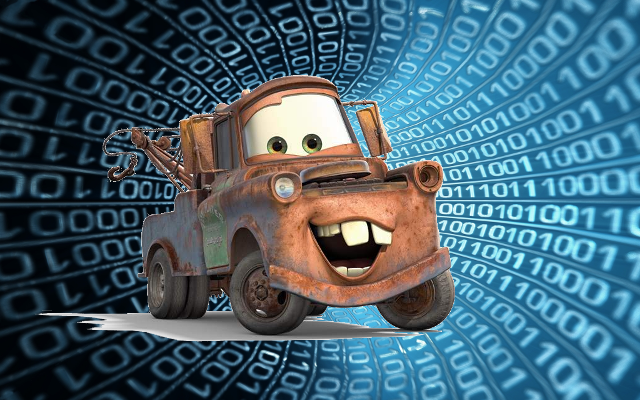Admittedly, I drive an older car. After ten years and 162,000 miles, my Volkswagen is starting to grow a little long in the tooth. But, it has served my family safely and reliably.
Recently, I received a “letter” from the dealership of origin. It was a shameless marketing pitch with the unfortunate line:
Your <fill in the year make model> is highly desired, and we will give you top trade-in value.
My car is many things, but it is not “highly desired” – anymore. In this day-and-age where everybody carries a small computer in his or her pocket, this form of old school marketing is simply… well… pathetic. The average consumer can see through the typical mail merge. And, they expect more.
Consumers Are On To You
Let’s be honest. When I shop at Amazon, they know what products I will likely purchase. Netflix knows my viewing habits before I do. And, Google can guess what I am searching before I finish typing (almost).
Consumers constantly interact with computers and devices which understand them at a deeper level. Your marketing needs to be just as savvy.
It is inadequate to simply assume a list of previous buyers will all respond to the same message. Furthermore, it is dangerous to send out “flat” messages and turn off a consumer. Far too many options and alternatives are easy to find.
It is important to understand the knowledge locked in your data. And, use your data to target your markets. Namely, do not think a single message can work for everybody.
Do Not Eschew External Data
Data is overwhelming many companies these days. It is very inexpensive to gather information about users – even if you do not know how it will be used in the future. So, the edict is often to gather everything.
The problem: what if you do not collect the data which would be most useful in marketing to your users?
Luckily, there are many different sources of data available today. It is possible to translate addresses to coordinates. You can find the maintenance history of the car I drive. And, it is likely you can discover basic demographic information as well.
The critical component is having the right technology elements in place to use this data. The days of combining data in spreadsheets are inadequate and costly compared to smart software.
The Algorithm is Everything!
In 2009, Netflix awarded a team $1 million for an algorithm that improved their recommendation engine by just 10%. Despite this large payout, the science was never implemented. But, that is not the point.
Netflix was willing to create a contest and pay $1 million for a 10% improvement. This is an example of how important understanding data has become.
To begin with, engaging your users (or customers) is critical to your success. In addition, consumers have raised their expectations. All messages and experiences need to show relevance to the audience. And, this requires software as well as data intelligence.
Fortunately, these technologies have been around for several years. At the same time, their prices have dropped significantly. No longer are there excuses for not investing in your own customers by understanding the data.
Start slow, find the right experts, and stop treating your customers like morons!

